The drystone wallers, sheep shearers and fell runners who make Kilnsey Show
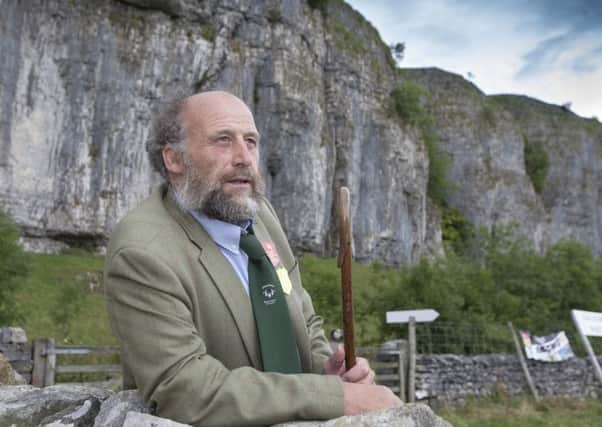

The drystone waller
Chris Nelson’s family have farmed cattle and sheep at Bordley since 1974. He is chief steward of Kilnsey’s drystone walling competition.
Over the years farming has evolved tremendously: tractors have replaced horses, quad bikes have replaced walking, but building drystone walls has remained virtually the same. The only difference is that drystone wallers now have a vehicle to get to their walling and a pair of gloves to wear when they’re working.
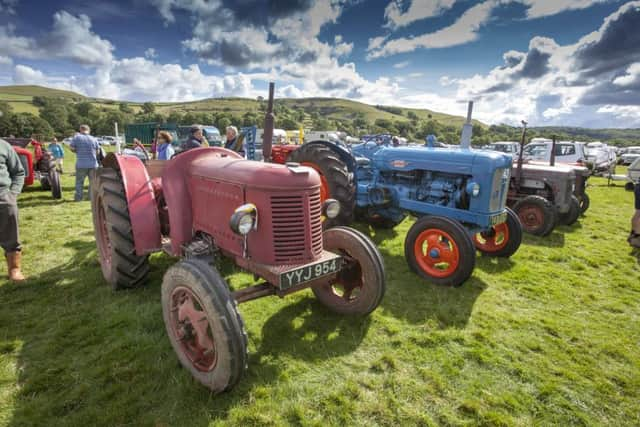

Advertisement
Hide AdAdvertisement
Hide AdThe other thing which hasn’t changed is the rules for the competition at Kilnsey Show which are basically the same as when the competition first started in 1939. The finished wall must be 5ft high, the only tools are a pick for rigging out the foundations and a shovel and all work must be completed by 4.30pm. They are a special breed wallers: their working lives have changed very little since drystone walls were first built. Everybody else gets into a centrally heated tractor or Land Rover and there’s a machine to spread the muck and a machine to milk the cows, but a waller’s job has carried on in the same way for centuries. Well-built walls will outlive the waller who built them, which says most about how tremendous they are and why they are a very important part of the show.
The judge
Matt Mason is a second-generation sheep farmer from Appletreewick. For the last 15 years he has been chief steward of the sheep section.
My first memory of the show is from the early 1960s. It was wet. We parked our Vauxhall Victor over near the river and sat inside so we could watch the harness racing. Because we’d had the windscreen wipers on, when we wanted to go home the car wouldn’t start because the battery was flat. My brother got a load of his mates from the Young Farmers Club to push it up the river banking, and when that didn’t work someone towed us off with a Land Rover. Now when you’re seven that’s what you call fun.
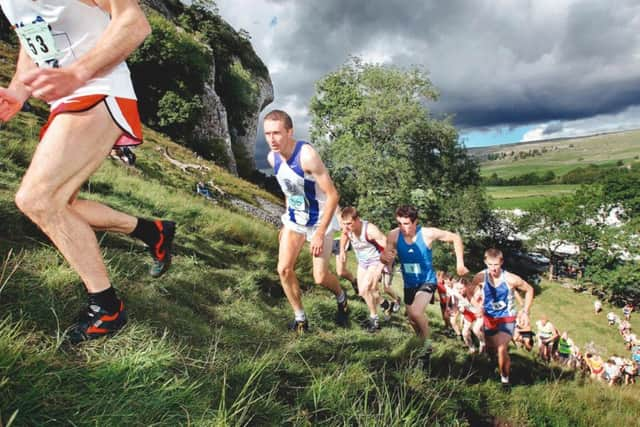

The days prior to the show can be stressful and I lose a bit of sleep wondering if we’ve got things right and if the weather is going to be OK. On the day of the show we are there at 7am helping people pen up. My wife usually makes a big stack of bacon and egg sandwiches which we wind through before judging starts at 9.30am. It’s busy, and there are bits of Kilnsey Show that I’ve not seen for years, but I really enjoy what I do.
Advertisement
Hide AdAdvertisement
Hide AdThe show accommodates the modern breeds and some imported breeds, but most importantly it accommodates the traditional breeds of the north of England that are currently in decline. Showcasing our native local breeds at Kilnsey Show is one way of helping to maintain these breeds within the future of Dales farming.
The sheep shearer
Roger Charneley moved to Wharfedale in 1992, where he is a professional sheep shearer and drystone waller.
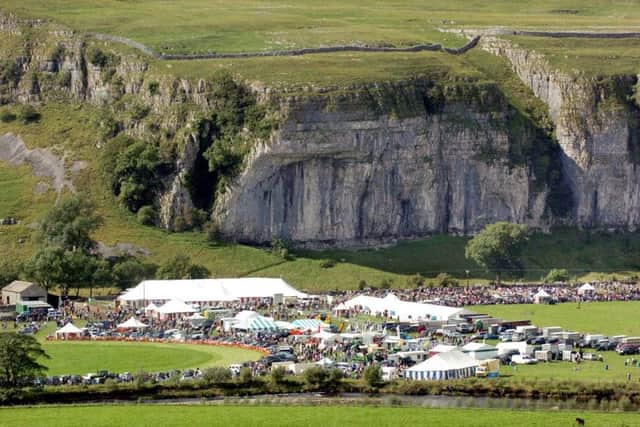

When I started the shearing competition in 2004, we were told to go right down to the bottom of the field as no one would be interested in watching sheep shearing. I thought: “I’ll show them”. That first year 150 people watched the event and it has grown every year. The speed shear is now part of the competition. It’s like a 100m sprint where the shearer will shear one lamb in less than a minute, whereas in most shearing competitions they will shear 20 sheep in about 15 minutes.
We like to explain about the special clothes that you wear: moccasins to stop your feet slipping and the special trousers which have two layers on the front to prevent the grease getting onto your legs.
Advertisement
Hide AdAdvertisement
Hide AdI was lucky enough to go out to New Zealand to learn when I was younger and really if you can learn to hold a sheep right you’ve mastered it. When you’re working as shearer you’ll start by shearing 50 sheep a day, but as you become experienced you aim for up to 300 a day. Those top shearers are some of the fittest people I’ve ever met.
The harness race commentator
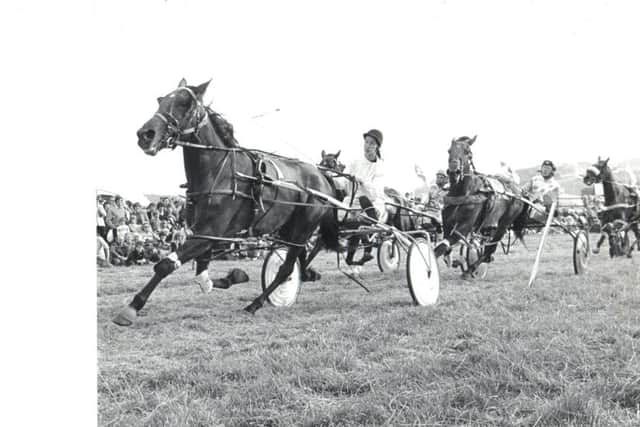

Peter Deighton had his first introduction to harness racing in 1955 and his distinctive tones have been ringing out across the showground at Kilnsey since 1974.
In 1972 I went to a grass track meeting at Kilburn. The horse was going round the track and there was nothing happening. I had never commentated in my life, but I took up the mike and it all fell into place. By 1974 I was the only commentator in the area and that’s what brought me to Kilnsey Show. I always break down the sport for the crowds. I talk about the breed of horse and tell them the sulky is a lightweight car with two wheels. These days drivers also wear a skull cap and back protection. Astonishing really that 40 years ago they would have raced wearing flat caps, but thankfully we never had any serious accidents at Kilnsey Show.
It is such a thrilling sport and at Kilnsey, with its sharp track, it is quite a spectacle. We used to get some of the top horses at Kilnsey, but over the last 15 years of so, as horses have become faster, the owners have tended not to send their speed merchants to race here because of the tight corners.
Advertisement
Hide AdAdvertisement
Hide AdKilnsey still gets the top drivers though and it is the intimacy and friendliness which makes the show so special. You see people who have come for a day out and find themselves watching the harness racing. You can see them thinking: ‘This is chariot racing – it’s Ben Hur’.
The fell runner
Roger Ingham has been actively involved in the Crag Race since 1959, as both a competitor and a helper.
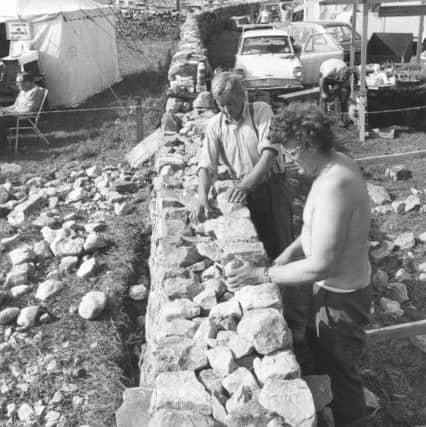

If you think it looks steep from the showfield, then it’s twice as bad up there looking down. But what really makes the Kilnsey Show Crag Race special for the spectators is that they can see most of the course all the way round. The trouble with a lot of fell races is that the runners get too far out of sight.
In this race you can see them slipping and scraping up the scree slopes, which is like running on a shifting treadmill of rocks, then as little dots on the skyline, and then the moment when the runners first come off the top is always a sight to behold.
Advertisement
Hide AdAdvertisement
Hide AdWhat you don’t see the runners in the infamous ‘chimney’ which is a 40ft vertical drop and one which has claimed its share of casualties over the years. The legendary Lakeland fell runner Bill Teasdale split his head open in the chimney in 1952 and had to have 19 stitches, but he still finished and won the race. My involvement with the show started by chance. I went to school in Skipton and a teacher brought in his slideshow of the summer he and a friend had spent touring the Dales.
One of the slides was of the great Bill Teasdale from that very year with blood pouring out of his head and into his socks.
It soon became a traditional part of my year, like Christmas. It was one of the key events in all of Craven and it flourished throughout much of the 1960s, but by the end of the decade it was struggling. Inflation had kicked in, but the prize money remained static and in 1969 I ran in every single event just to help make up the numbers. I didn’t win the Crag Race, but I probably saved the sport from totally going under.
Salvation thankfully arrived via an ITV television project in 1972 when they followed the great Lakeland runner Fred Reeves making his first Kilnsey appearance.
Advertisement
Hide AdAdvertisement
Hide AdWhoever comes in first gets an ovation like an Olympic champion coming up the home straight. I’ve had two lots of stitches, a broken wrist and grotesque ankle swellings, but the atmosphere makes up for any pain.
Studs and Crooks: The Hidden History of the Kilnsey Show by Victoria Benn in collaboration with Jamie Roberts will be launched at this year’s event on Tuesday. Victoria and Jamie will also be appearing at the Saltaire Festival on September 17 at 12pm and Ilkley Literature Festival on October 8 at 9pm.